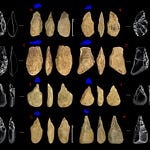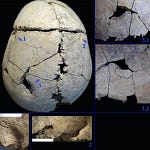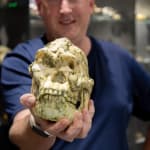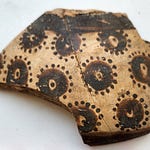Archaeology has always been a discipline of fragments. Potsherds, partial skeletons, stratified soils. But perhaps its most elusive fragments lie in the records themselves—decades, even centuries of illustrations, field notes, and reports scattered across publications and languages. Now, a new AI-assisted tool is poised to reassemble those pieces.
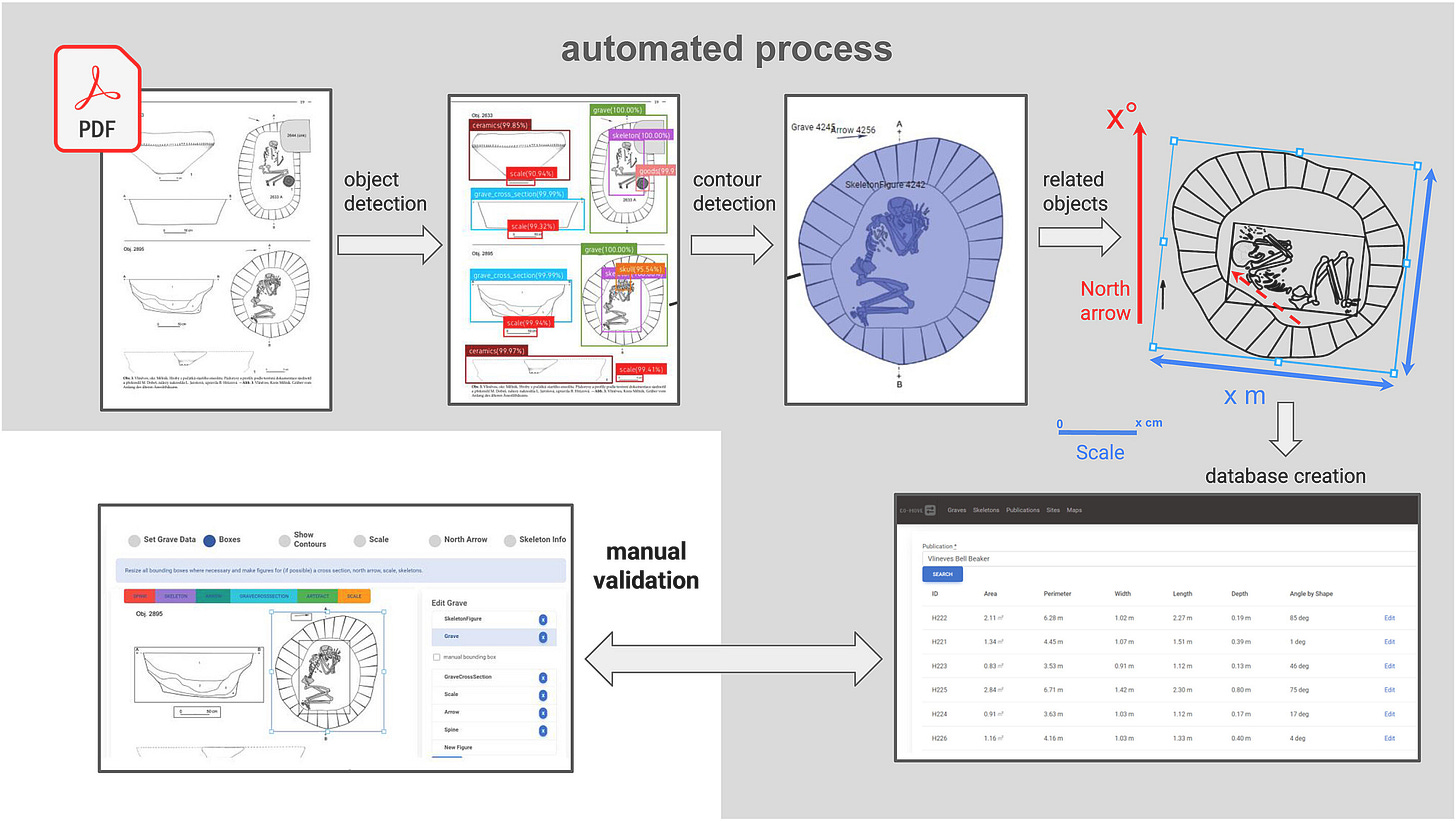
At the heart of this effort is AutArch, an open-source software developed by a team from Johannes Gutenberg University Mainz and several European partners. Their goal: to automate the detection and extraction of meaningful data from archaeological illustrations in legacy publications, particularly those found in PDFs. Published in the Journal of Archaeological Science1, the project speaks directly to the rising tension between the explosion of archaeological data and the human capacity to analyze it.
"Our approach allows for fast, accurate, and uniform identification of objects in unsorted documents, enabling the kind of large-scale analysis that archaeology has long needed," the authors write.
The Burden of Legacy Data
Every excavation generates more information than archaeologists can feasibly process. This problem is compounded by decades of published material that is not digitized or standardized. Archaeological illustrations—of graves, ceramic vessels, tools—carry valuable geometric data. But inconsistencies in scale, orientation, and terminology have made comparison across sites difficult.
Manual digitization is time-consuming and prone to error. Without consistent measurement standards, one researcher’s drawing of a burial pit might be incomparable to another's. Enter AutArch, which automates much of this work by using deep learning to recognize and process images across thousands of pages.
What the Software Does
AutArch employs neural networks to locate, classify, and measure features from illustrations: graves, skeletons, north arrows, scales, ceramic profiles, and more. It identifies these features on the page, calculates orientation using arrow markers, extracts outlines, and converts pixel dimensions into real-world measurements.
"The real innovation lies in combining all these elements into a unified, reproducible dataset," says Maxime Brami, who led the project.
Users can correct and validate the software’s automated results through a graphical interface that mimics the feel of vector drawing tools, making it accessible even to those without programming backgrounds.
Testing the Digital Trowel
The team tested AutArch on burial illustrations from third millennium BCE Central Europe—the cultural landscapes of the Corded Ware and Bell Beaker traditions. One long-standing assumption is that these groups differ in burial orientation: East-West for Corded Ware and North-South for Bell Beaker.
AutArch not only confirmed these patterns by analyzing hundreds of graves, but did so with a level of precision that surpasses manual tabulation. It retrieved orientation angles directly from the illustrations, allowing researchers to compare not just broad patterns but regional nuances within the Czech Republic.
Beyond Graves: Testing on Arrowheads
To see if the tool could scale, the researchers also applied AutArch to a large sample of Neolithic and Bronze Age arrowheads. The software extracted outlines from both drawings and photographs, analyzed their geometric variation, and confirmed earlier findings of regional design differences.
This points to AutArch’s potential in typological and morphometric studies across many material classes, from lithics to ceramics to architecture.
Implications for the Future
Perhaps most significantly, AutArch doesn’t just extract data—it opens a door to new ways of seeing.
"With enough data, archaeologists can move from expert-based cultural classifications to statistically meaningful taxonomies rooted in empirical shape variation."
This is not about replacing archaeologists but equipping them with tools that make large-scale synthesis possible. AutArch aims to transform legacy illustrations into searchable, quantifiable resources.
Cautions and Possibilities
AutArch is not a black box. While AI does much of the heavy lifting, manual validation remains essential. Moreover, digitization still depends on the availability of high-quality scans and metadata. Ethical questions also remain about the potential automation of labor-intensive tasks once reserved for students and early-career researchers.
But the payoff is large: archaeological corpora once too vast to process now come within analytical reach.
"The long-term aim is a shared, open-access platform where scholars can contribute annotated materials and cross-validate findings across disciplines."
In that sense, AutArch is not just a tool. It’s an infrastructure for collaborative archaeology in the age of information overload.
Further Reading and Related Research
Hoggard, C. S., et al. (2022). Legacy illustrations and geometric morphometrics: assessing grave outlines and burial variation. Journal of Archaeological Method and Theory. DOI:10.1007/s10816-022-09552-3
Matzig, L., et al. (2021). Automating outline extraction in prehistoric lithics using computer vision. PLOS ONE, 16(12), e0260961. https://doi.org/10.1371/journal.pone.0260961
Furholt, M. (2020). Single Grave, Multiple Meanings: Revisiting Corded Ware burial practices in Central Europe. Antiquity, 94(375), 1350–1365. https://doi.org/10.15184/aqy.2020.170
Riede, F., et al. (2019). Towards a prehistoric taxonomy based on morphometric clustering. Archaeological and Anthropological Sciences, 11, 6035–6050. https://doi.org/10.1007/s12520-019-00905-3
Tsirintoulaki, E., et al. (2023). Visualizing prehistoric tool traditions: deep learning and shape analysis of backed artifacts. Journal of Archaeological Science, 149, 105720. https://doi.org/10.1016/j.jas.2023.105720
Klein, K., Muller, A., Wohde, A., Gorelik, A. V., Heyd, V., Lämmel, R., Diekmann, Y., & Brami, M. (2025). An AI-assisted workflow for object detection and data collection from archaeological catalogues. Journal of Archaeological Science, 179(106244), 106244. https://doi.org/10.1016/j.jas.2025.106244


